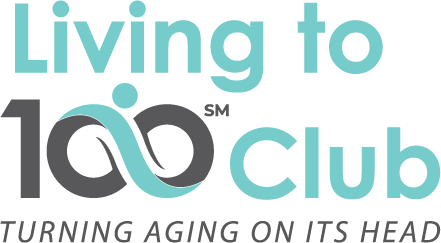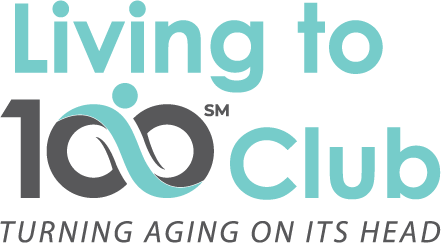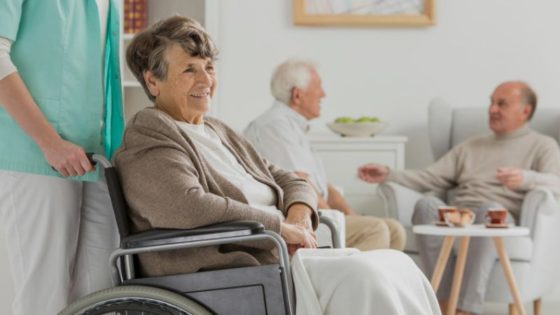by Joe Casciani
One of the recent guests on the Living to 100 Club radio program was someone with combined expertise in architecture, aging, and applied research, who spoke about supportive environments for older adults. The conversation with Dr. Addie Abushousheh highlighted new developments in health care design in hospitals and long term care settings.
HERE ARE THE TOP TAKEAWAYS FROM THIS EPISODE:
* General trends in health care design innovation are ongoing. There is a lot of consideration that’s being made in the area of lighting and improved luminescence to accommodate sight impairments. A lot is also being done, not only with lighting levels, but lighting color and coverage. This is important in maintaining stable circadian rhythms to make sure that we’re not keeping people awake when they should be going to sleep and sending people to sleep when they should be awake.
* Also being addressed is the technology that is being used in the environment – computer screens and tablets, and screen-based activities in general. This is equally important for the workforce, being mindful that the workforce in some settings is aging as well. Acoustics increasingly is receiving a lot of attention. Overall, making sure that we are using technology and materials to our advantage, to promote both communication and privacy within health care settings.
* In health care settings, there’s a return to a home/residential approach when designing environments to help increase the level of familiarity and comfort of people, especially the needs of individuals who have dementia. Bringing in some of the same features found in memory care units to residential settings is also occurring, such as communication boards, calendars and digital clocks, activity schedules and programs, and other aids.
* Many of the changes that we’re seeing in health design are driven by reimbursement patterns. There has been a major shift in terms of the type of clients that are occupying these settings. The individuals who used to go into nursing homes are now shifting more into assisted living settings and independent settings, and are now contracting for needed services for care, sort of an a la carte approach where they can customize the type of care that a person needs.
* In skilled nursing, you have the benefit of long-term care health insurance, Medicare, and Medicaid but the reduced level of reimbursement in that arena results in fewer new skilled nursing settings being built, while there is a fast growing number of independent and assisted living settings.
* There’s also an intermediate landing spot between acute and skilled settings, namely, rehabilitation settings, an arena that definitely is growing. Because it is a place from a reimbursement perspective that is a very profitable, even for several days to several weeks, the goal is to help patients reach their rehabilitation goals and return home.
* There has been a significant change in the life safety code in health care settings that now enables people much greater leverage to personalize their space. Rules and safety regulations have changed: where there used to be restrictions on the amount of non-treated material allowed in a room, and with increased compliance with sprinkler requirements, we can now bring in more furniture that is personal and familiar. This is an area that definitely increases the comfort level and decreases the anxiety and associated transfer trauma for people who have dementia.
* An underutilized approach for patients is greater, unrestricted access to being outdoors for socializing, coffee times, and outdoor spaces for dining. Extending outdoor dining options has proven to be extremely beneficial to residents, of course, weather permitting.
* Important modifications in one’s own home include changes that compensate for loss of strength, mobility, or balance, or increased confusion. This includes sit-in bathtubs and walk-in, zero-threshold showers, open-faced or pull-down shelves, raising the height of a stove, removing cabinets to accommodate wheelchair access, removing trip hazards, and maintaining internet support and wireless service.
* There are a number of services that are becoming increasingly popular that have home-based delivery for products, medications, groceries, and even ride sharing transportation when no longer driving or not relying on public transportation. From an instrumental activities of daily living perspective, it’s a matter of looking at what individuals are capable of and what services are local to people or that family members or other caregivers could assist with. There’s an explosion of products and services that are being developed for this population with the goal of helping people live at home longer, instead of going into a retirement community.
CLOSING
We know more today than ever about how environments should be designed to accommodate the changes that accompany advancing age, and also to reduce the effects of impairment and decline. Advances in technology, changes in lighting and color, services and products delivered to the home, among others, collectively help to deal with “what gets in the way” of living to 100. And wrestling with what gets in the way seems to be another sign of successful aging.



